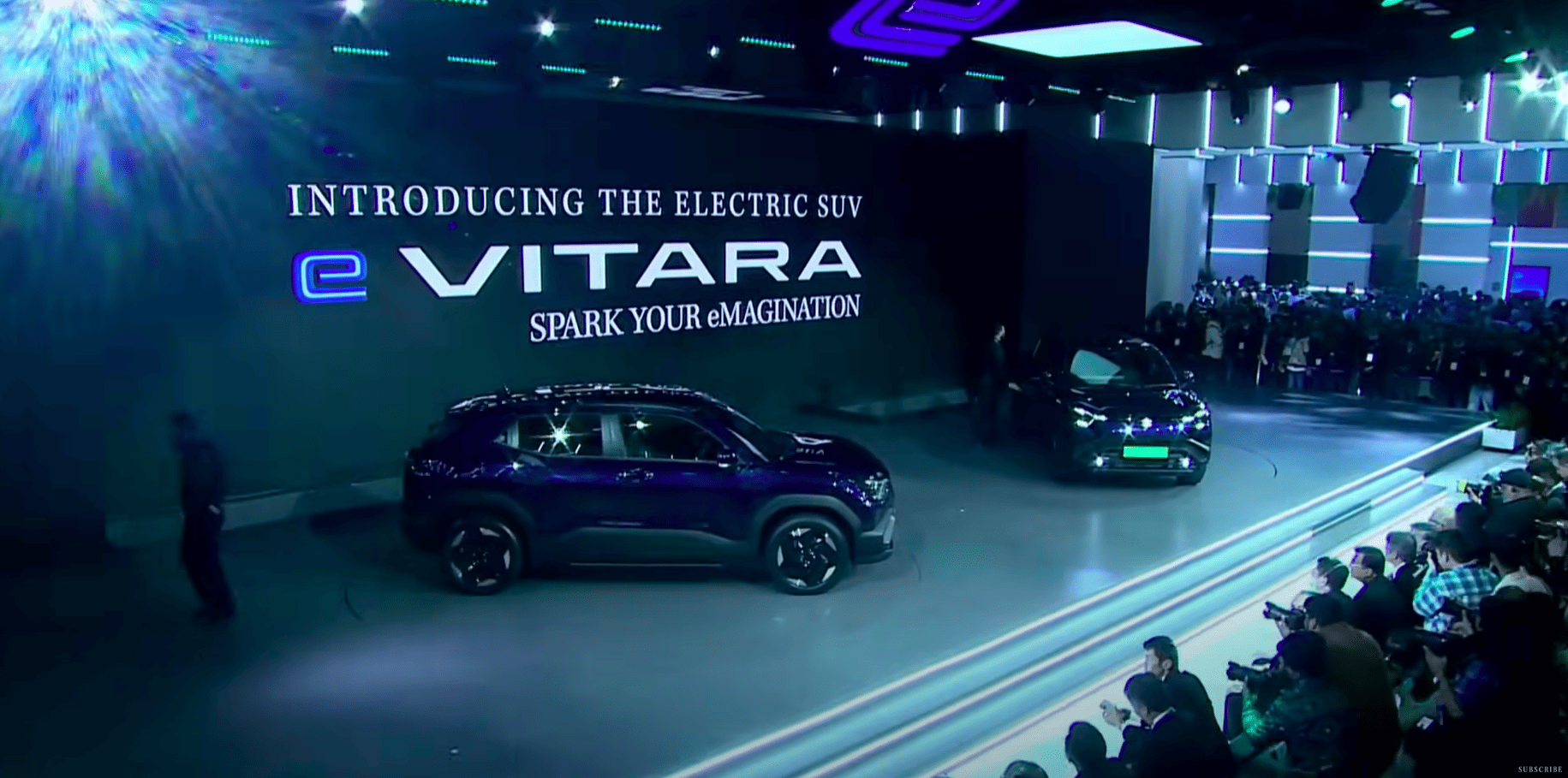
Maruti Suzuki has always been the go‑to name when you needed a reliable, pocket‑friendly car. Now, after turning heads at the Bharat Mobility Expo in Delhi with an e‑Vitara mock‑up instead of new paint jobs, the company is ploughing in a staggering ₹90,000 crore to go electric. Here, we’ll unpack why they’re betting big on EVs, what the e‑Vitara rollout looks like, and how this move could change the daily drive for folks from Kolkata’s Howrah Bridge to Chennai’s Marina Beach.
Why ₹90,000 Crore Matters
First off, that capex isn’t just a flashy number. Instead, it shows Maruti’s shift from petrol‑only roots toward a cleaner future. Moreover, Suzuki’s global bosses have already earmarked India as their EV cornerstone, promising over $4 billion by 2031. Consequently, factories in Haryana—like the new Kharkhoda plant—are getting extra production lines, and existing units are seeing high‑tech upgrades. All told, this spend should speed up both electric and conventional car output.
e‑Vitara: The Firstborn EV
By around September 2025, the e‑Vitara will roll off Maruti’s new Heartect‑e line. And honestly, 70,000 units in the first year sounds ambitious; still, given Maruti’s track record, it feels doable. Design whispers talk of a compact SUV stance with enough ground clearance to tackle our city’s potholes. Plus, battery management tweaks aim to ease that nagging range fear many of us have.
Heavy on Exports
You might not know, but Maruti already ships nearly 40 percent of India’s cars overseas. Now, with the e‑Vitara, they’re planning for roughly 70 percent of output to head abroad—places like Japan, Europe, and other markets hungry for small EVs. That way, even if local buyers take their time, Maruti can still hit production targets and keep the assembly lines humming.
India’s EV Scene Today
Even with FAME II incentives, EVs made up only about 2.5 percent of last year’s 4.3 million car sales. In truth, finding a charging point in smaller towns feels like hunting for a needle in a haystack. Meanwhile, battery costs keep sticker prices high, and many drivers worry about resale value down the road. Yet, Maruti’s vast showroom network and trusted service centres could narrow these gaps faster than others. Also, as global battery prices drop, the cost per kilometre should start looking more appealing.
Hurdles Ahead
Still, Maruti won’t have it all its own way. Tata, Hyundai and MG have already planted their EV flags. Hence, Maruti must not only keep prices low but also deliver decent range, fast charging, and a user‑friendly dashboard. On top of that, any trimming of subsidies or changes in GST could force price hikes. Finally, equipping over 3,000 dealers with chargers and training their teams won’t happen overnight—it’ll take careful planning.
Read the more related artical here:
– Introducing Maruti Suzuki Electric SUV : e VITARA
– Are EVs Really Worth It in India? Real-Life Look at Cost vs Savings

No comments yet. Be the first to comment!